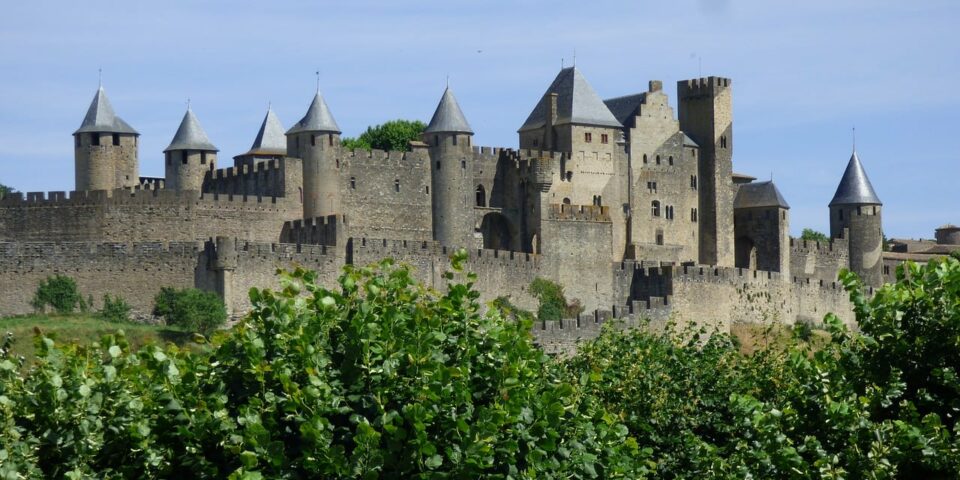Carcassonne, located in southern France, boasts a rich history spanning over two millennia. Initially settled by the Romans, it became a key strategic and trade location, evolving into a heavily fortified city. In the 5th century, it was conquered by the Visigoths, who reinforced its fortifications. The city’s prominence continued through the Middle Ages, particularly during the 13th century when it became a focal point of the Albigensian Crusades against the Cathars, leading to its annexation by the French crown. The medieval fortifications, which include double walls and the imposing Château Comtal, were meticulously restored in the 19th century by architect Eugène Viollet-le-Duc, ensuring Carcassonne’s status as one of Europe’s most complete and well-preserved medieval fortresses. This restoration contributed to its designation as a UNESCO World Heritage Site in 1997, preserving its historical and architectural legacy for future generations.

